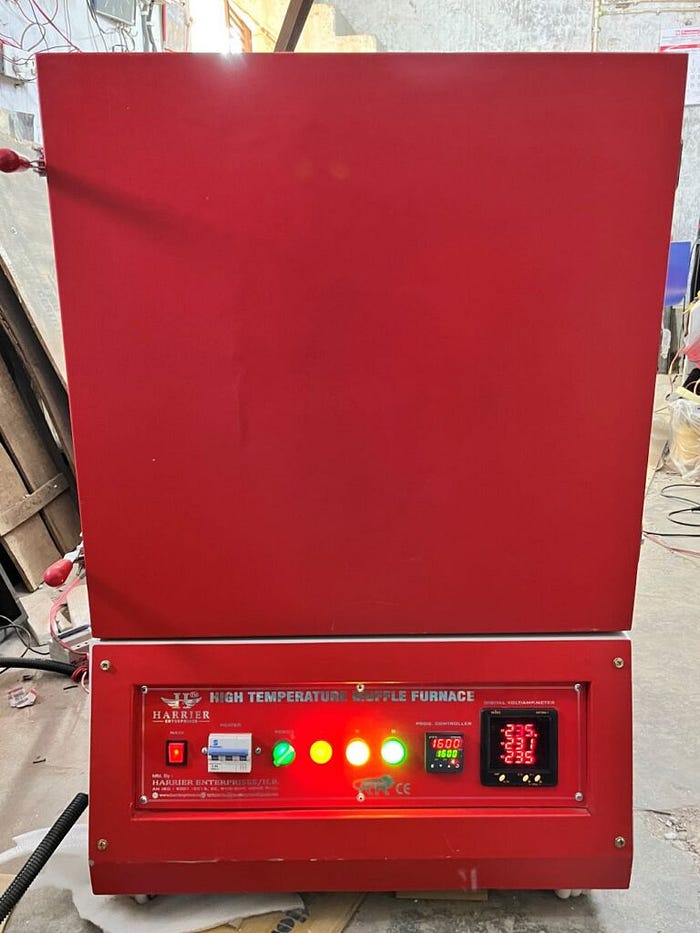Which type of material is used in muffle furnace?
Muffle furnaces are crucial for various high-temperature applications such as annealing, sintering, and calcination. The construction and lining of these furnaces involve the use of specialized materials to withstand extreme temperatures and maintain efficiency.

1. Refractory Materials:
Refractory materials are the backbone of muffle furnaces, providing the necessary heat resistance and durability. Commonly used refractories include alumina, zirconia, and silicon carbide. Alumina is valued for its high melting point and thermal stability, making it ideal for furnaces operating at temperatures up to 1700°C. Zirconia is another excellent refractory material known for its low thermal conductivity and high resistance to thermal shock. Silicon carbide, with its exceptional thermal conductivity and ability to withstand temperatures up to 1600°C, is often used for muffle furnace linings and heating elements.
2. Insulation Materials:
Proper insulation is crucial to minimize heat loss and improve energy efficiency in muffle furnaces. Insulating materials such as ceramic fibers, insulating firebricks, and microporous boards are commonly used. Ceramic fibers offer low thermal conductivity and high-temperature stability, making them ideal for lining furnace walls. Insulating firebricks are lightweight and provide excellent thermal insulation, while microporous boards are known for their superior thermal performance and low thermal conductivity.
3. Heating Elements:
The heating elements in muffle furnaces are typically made from materials that can withstand high temperatures while providing consistent and efficient heating. Kanthal (iron-chromium-aluminum alloy) and Nichrome (nickel-chromium alloy) are widely used for heating elements due to their excellent electrical resistance and ability to operate at elevated temperatures. Molybdenum disilicide (MoSi2) is another material used in heating elements for furnaces requiring temperatures above 1800°C.
4. Structural Materials:
The external structure of muffle furnaces is usually constructed from stainless steel or mild steel, ensuring strength and durability. These materials provide structural support and protect the internal components from external environmental factors.
In summary, muffle furnaces rely on a combination of refractory materials, insulation, heating elements, and structural materials to achieve optimal performance and longevity. The careful selection and combination of these materials ensure the furnace can operate efficiently at high temperatures while maintaining safety and reliability.
Related Products:-
High Temperature Furnace
Muffle Furnace
Programmable Furnace
For more Information:-
Contact us:-+91–9278334734
Email:- harrierprince@gmail.com
Address:- House №210, 1st Floor, Block-I, SDV Lakkarpur, Pole Factory, Faridabad, Haryana-121009, India.


Comments
Post a Comment